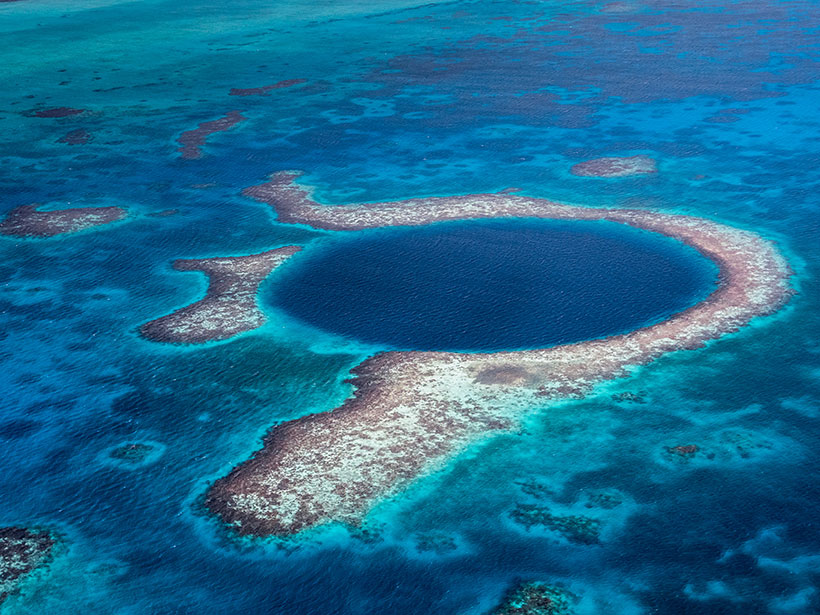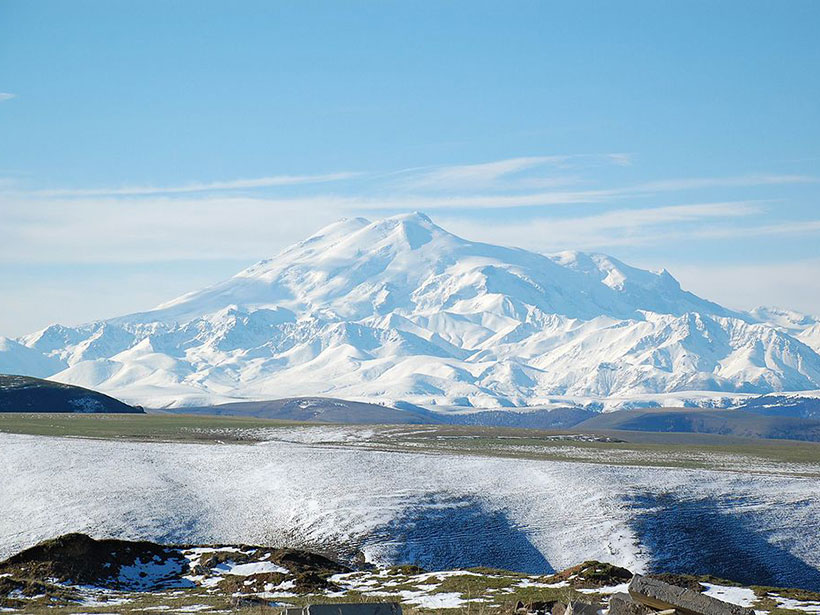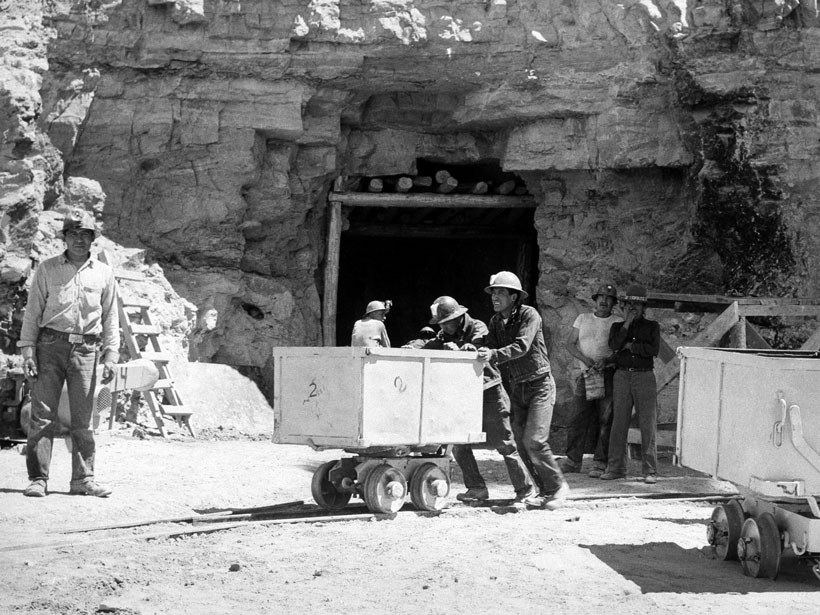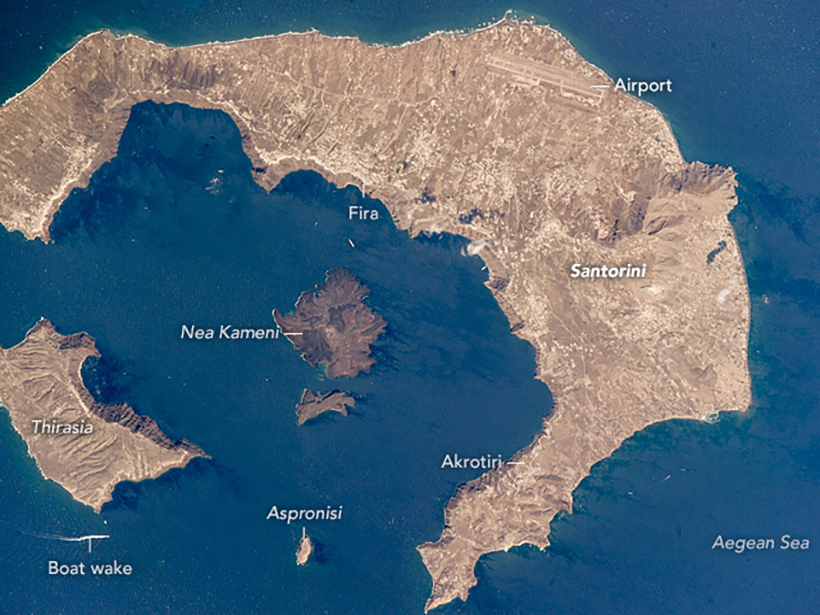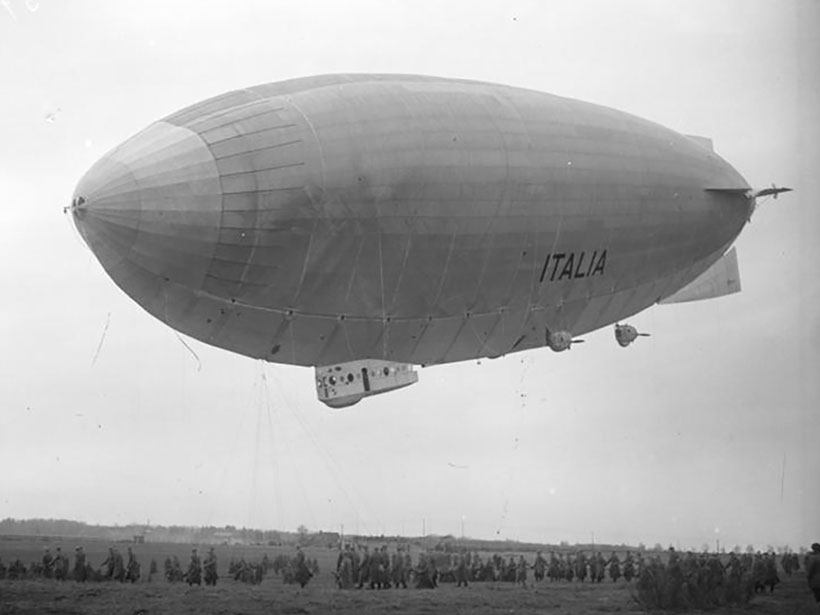Living in Geologic Time: How long will it take for erosion to erase Mount Rushmore?
history
Severe Cyclones May Have Played a Role in the Maya Collapse
Sediment cores from the Great Blue Hole reveal that a series of extreme storms hit the region after 900. The storms may have irreparably damaged an already stressed Maya population.
Fragrances in an Ice Core Tell a Story of Human Activity
An ice core from Europe’s highest peak contains scent-imparting molecules whose trends mirror the Soviet Union’s economic ups and downs.
Thinking Zinc: Mitigating Uranium Exposure on Navajo Land
An innovative clinical trial uses “two-way participation” between Navajo and medical communities to study the impact of zinc on mitigating health effects associated with uranium mining.
Podcast: Escape from Thera
A colossal volcanic eruption at Santorini, Greece, 3,600 years ago sent the island’s Bronze Age population fleeing for their lives. Where did the people go?
A Golden Opportunity to Save Shwedagon Pagoda’s Acclaimed Dome
The dome is replaced every 5 years, and researchers are studying how to make the gold more durable.
Five Things Spy Satellites Have Taught Us About Earth
Long before we had satellites beaming terabytes of data back to Earth, we had covert spacecraft the size of school buses snapping photos on rolls of film 50 kilometers long.
Space Weather Lessons from a 1928 Dirigible Debacle
Analysis of a disrupted SOS signal during an early polar expedition showcases the importance of taking space weather into account when exploring new frontiers.
Reflecting on a Half Century of Mineral and Rock Physics at AGU
Research fields focused on the physical properties of Earth materials emerged in the 20th century and have been making major contributions within geoscience ever since.
Humans Colonized Polynesia Much Earlier Than Previously Thought
Evidence from mud, charcoal, and feces suggests humans arrived in East Polynesia during the driest period in 2 millennia.


